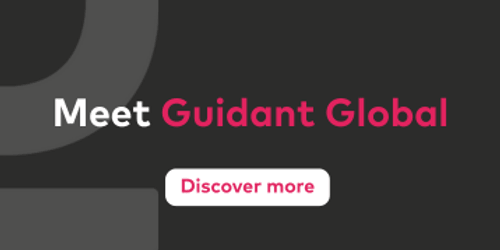

Author
Business Development Manager
2 minutes
Planning for the workforce of tomorrow
In today’s changeable economic environment, traditional workforce models are rapidly becoming relics of the past. To stay competitive, organizations are pivoting toward strategies that emphasize agility, digital transformation, and continuous upskilling.
These shifts demand a fundamental rethinking of recruitment strategies to attract and retain talent. Organizations that do not adapt risk being left behind in terms of efficiency, productivity, and growth.
The decline of traditional workforce models
For decades, workforce strategies relied heavily on stable, permanent roles. However, the pace of technological and economic change has rendered such rigidity impractical.
The numbers tell the story. According to research conducted by Raconteur and Guidant Global, 76% of organizations identified upskilling their workforce as a top priority. Additionally, 66% are focused on workforce agility, while 43% are prioritizing advancements in data, reporting, and analytics capabilities.
These statistics underscore the urgency to adapt to a landscape where skills shortages and technological disruptions are the norm.
Blended workforce models: The future of talent acquisition strategy
To address these challenges, businesses are shifting toward a blended workforce model that integrates internal teams with external talent. 81% of organizations reported increasing their use of specialized contractors over the past year, and an even larger share (90%) plan to further expand this practice in the next 18 months. Furthermore, 75% of organizations are aiming to blend internal and external teams within one to two years.
Recruitment Process Outsourcing (RPO) is also gaining traction, with 65% of large companies turning to RPO providers to streamline and enhance their hiring processes. Modular RPO solutions, which outsource specific recruitment functions rather than the entire process, are particularly popular.
Rethinking the use of technology and AI
New strategic approaches are supported by advances in technology. Tools like artificial intelligence and data analytics enable organizations to identify skills gaps, anticipate future needs, and streamline recruitment processes. 78% of HR and talent professionals now use AI for skills gap analysis and learning recommendations, while 73% employ it for CV analysis and job matching.
The role of upskilling and continuous learning
As organizations adopt more agile workforce models, upskilling becomes a cornerstone of strategy. A culture of continuous learning ensures that employees are prepared to adapt to new tools and challenges.
Cross-functional learning is another advantage of blended workforces. 34% of respondents highlighted better cross-functional learning as a key benefit, enabling employees to broaden their skill sets and contribute across various projects.
Embracing the future
The future of workforce planning lies in agility, modularity, and the effective integration of human and technological resources. By embracing blended workforces, businesses can access scarce talent, improve operational efficiency and foster a culture of innovation.
Organizations need the agility to move and be flexible to talent demands. Those which succeed will think strategically, act decisively and adapt continuously to the evolving demands of the modern workplace.
Future-proof your workforce
Discover even more insights and strategies to future-proof your workforce. Download the full Raconteur report now and take the first step toward transforming your talent acquisition and management approach.
Insights to drive workforce performance
Workforce insights in your inbox
Sign up for our newsletter with the latest workforce management news, insights, analysis and more.
Australia
Suite 1403, Level 14
309 Kent Street
Sydney
NSW 2000
United Kingdom
United States
27777 Franklin Road
Suite 600
Southfield
Michigan 48034









